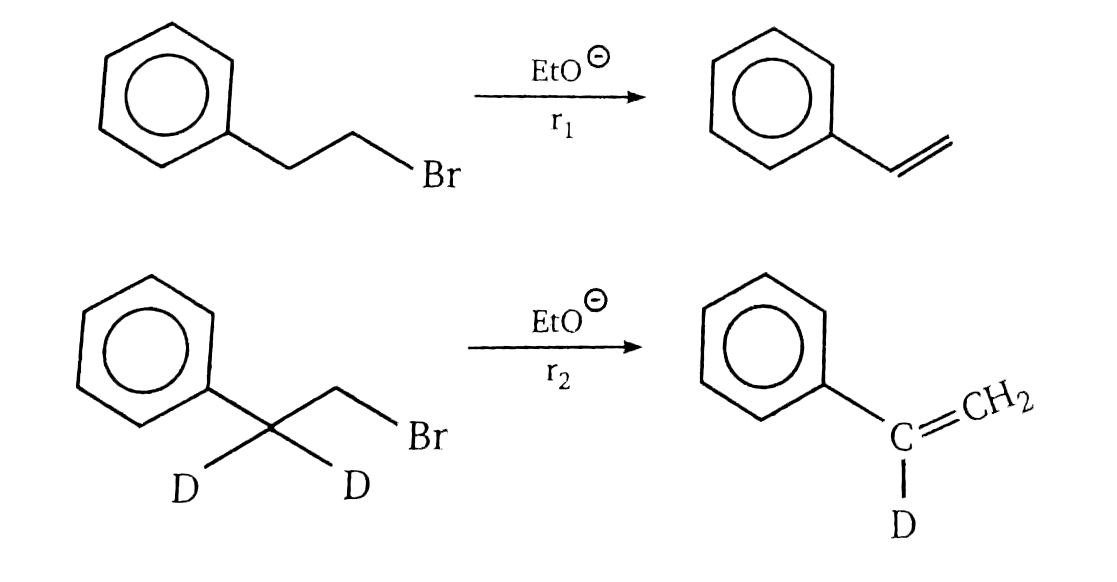In a reaction , A is converted to C with the formation of an intermediate B. On the basis of the given graph compare the rate constatns.

Text Solution
From the given graph we can know that
(int ermediate)
That is, A is converted to C with an intermiditate B.
The concentration of B first increase with time and then starts decereasing showing that after time it acts as a rectant. The concentration of C on the other hand increases continuously with time
So, the rate constant
The first step is the slow step or the rate-determinnig step while the second step is the fast step.
Hence,
|
Topper's Solved these Questions
- CHEMICAL KINETICS AND EQUILIBRIUMBOOK - PEARSON IIT JEE FOUNDATIONCHAPTER - CHEMICAL KINETICS AND EQUILIBRIUMEXERCISE - Level 2
22 Videos
- ATOMIC STRUCTURE BOOK - PEARSON IIT JEE FOUNDATIONCHAPTER - ATOMIC STRUCTURE EXERCISE - LEVEL-3
8 Videos
- CHEMICAL BONDING BOOK - PEARSON IIT JEE FOUNDATIONCHAPTER - CHEMICAL BONDING EXERCISE - Level 3
10 Videos
Similar Questions
Knowledge Check

Compare rate of reactions.Ar1>r2Br1=r2Cr2>r1Dr1=r22In the reaction A+3B→2C, the rate of formation of C is
Athe same as rate of concentration of ABthe same as the rate consumption of BCtwice the rate of consumption of AD3/2 times the rate of consumption of BCompare the rate of reaction:-
 AIII gt I gt IIBI gt II gt IIICIII gt II gt IDI gt III gt II
AIII gt I gt IIBI gt II gt IIICIII gt II gt IDI gt III gt II
In the reaction a+3B→2C, the rate of formation of C is
View SolutionIsocyanide reaction involves the intermediate formation of -
View SolutionSN1 reactions occurs through the intermediate formation of
View SolutionFor the reaction
A+2B→2C
the rate law for the formation of C is
View SolutionSN1 reaction occurs through the intermediate formation of
View Solution

